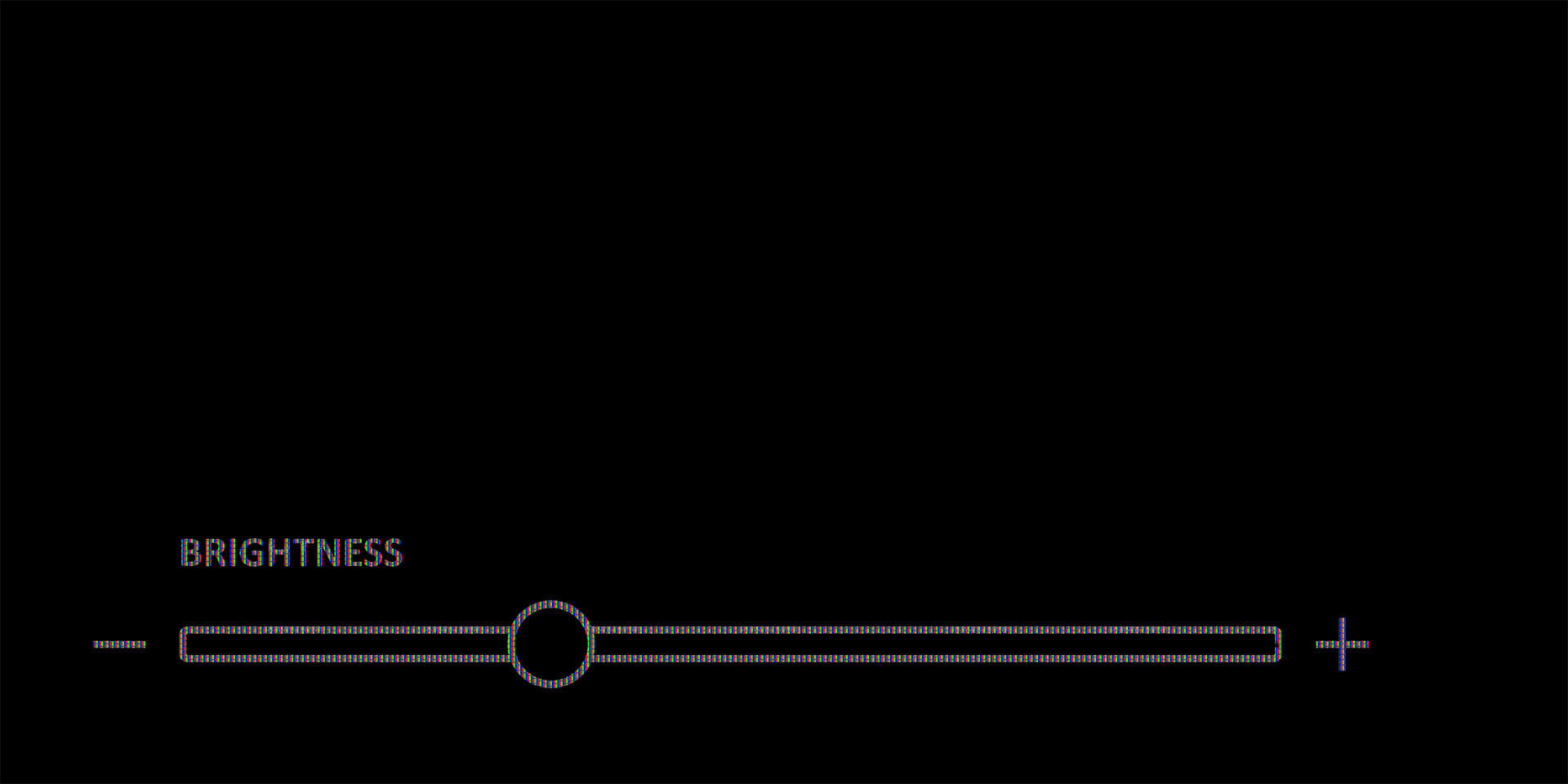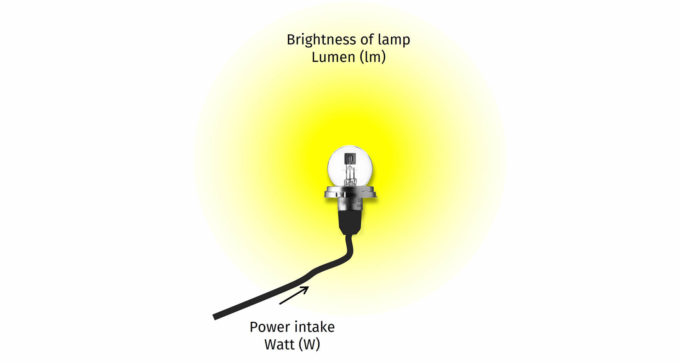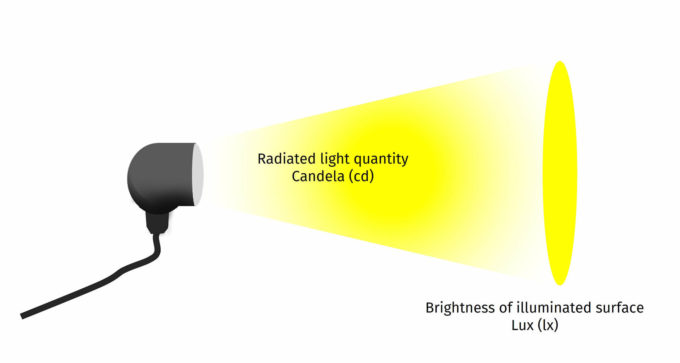
All lumens or watt?
published on 10. March 2023
In the past, the world was still simple. The brightness of a spotlight was given in watts and everyone knew how bright it was. Or at least thought they did. But today you only find information in lumens, candela and lux. What is that actually? …
Watt
Watt (W) is used to describe power. In the case of a headlamp, it refers to the “amount of current” that the headlamp requires. When the first incandescent lamps were developed, it was found that they shone more brightly with more current. Thus, watt became a parameter for brightness. However, incandescent lamps do not convert all the current they draw into visible light. A large part of the energy is emitted in the form of invisible infrared radiation, i.e. heat. Since this proportion is variable, a brightness specification in watts was always only a rough approximation.
But fortunately, today more comprehensible indications are given and the correct units are mentioned. For example, lumen (lm).
Lumen
This unit is used to describe the actual brightness of a lamp, i.e. the amount of light produced by a light source. Lumen is a precise and comprehensible unit. And: lumen is a so-called photometric unit. This means that it is “calibrated” to human perception. This is because we humans perceive different colours with different intensities. Lumen takes these differences into account, so that 1 lumen of red light appears just as bright to us as 1 lumen of green light.
A distinction is also made between theoretical lumens and effective lumens. Theoretical lumens are, as the name suggests, the theoretically possible brightness of a spotlight. So if 10 LEDs with a maximum brightness of 100 lumens each are installed, the headlamp has a brightness of 1000 theoretical lumens. However, since there are losses in every (!) spotlight due to construction, it is possible that of the 1000 theoretical lumens, for example, only 500 are produced as visible light. These are then called effective lumens.
(The specification of the effective lumens requires a precise analysis of the spotlight. The necessary light measurement (photometry) is complex and expensive. Many manufacturers do without this and simply state theoretical lumens. Not us. You will find the value in effective lumens for all our worklights. So that you know exactly what you can expect).
Candela
Most lamps shape light to create different light patterns. With a spotlight for example, all usable light is directed to a small area, which can thus be illuminated quite brightly, leaving the surrounding areas in darkness. With a comparable floodlight, the light is directed into a much larger area. Here, it becomes less bright than with the spotlight, but less remains in the dark. If both worklights have a brightness of 1000 effective lumens, they still show clear differences in illumination.
Candela (cd) now describes the luminous flux, i.e. the amount of “light rays” in a certain area. This is referred to as the solid angle (steradian). If we now examine the different solid angles within the generated light cone of a work light, we will be able to measure different luminous fluxes. In the case of a spotlight, for example, the highest is in the centre. If information is given for a headlight in candela, this is the maximum luminous flux measured.
Data in candela are mainly found in headlights, as there are precise regulations on light propagation and brightness. (The reference number of a headlight, for example, is obtained by dividing its brightness in candela by 4300).


Lux
Lux (lx) ultimately defines the illuminance. In other words, how much light reaches an illuminated surface. This value depends on the brightness of the light source (in lumens) and the luminous flux (in candela), but above all on the distance of the light source from the illuminated surface. Since the usable brightness of a spotlight changes as the square of the distance, it already makes a big difference whether a spotlight is mounted at a height of 3 metres, for example, or hangs from the ceiling of a hall at a height of 6 metres.
In vehicle lighting, a specification in lux does not play a direct role and is mainly used for the evaluation of workplaces or in photography.
tagged with Glossary, Technology



